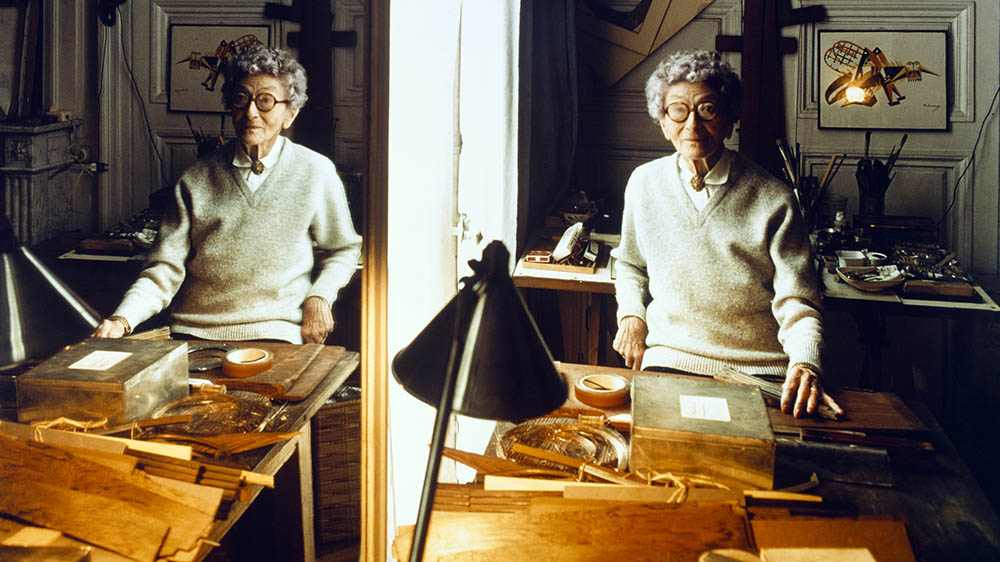Architecture history – Pride edition
I’m still not really mentally in a place to understand what mentorship looks like during a pandemic, during a civil movement calling for long-overdue racial and societal reform, and during Pride month. I know it’s important, I know I need to keep sharing, but I’m also trying to spend a lot of time listening and learning and pointing to people already doing the great work of education, reform, and policy work. But today, I wanted to share some architecture history I wrote up internally for my peers at RATIO as we celebrate Pride month in the world of architecture. Consider this Architecture history – the Pride edition.
Note: For other advice as you navigate your career, check out the #ArchiTalks series. A past post that might specifically be helpful is “The Everyady Citizen Architect”.

Fun fact: Gray was the first woman in Paris to obtain a driver’s license and served as an ambulance driver during World War I.







